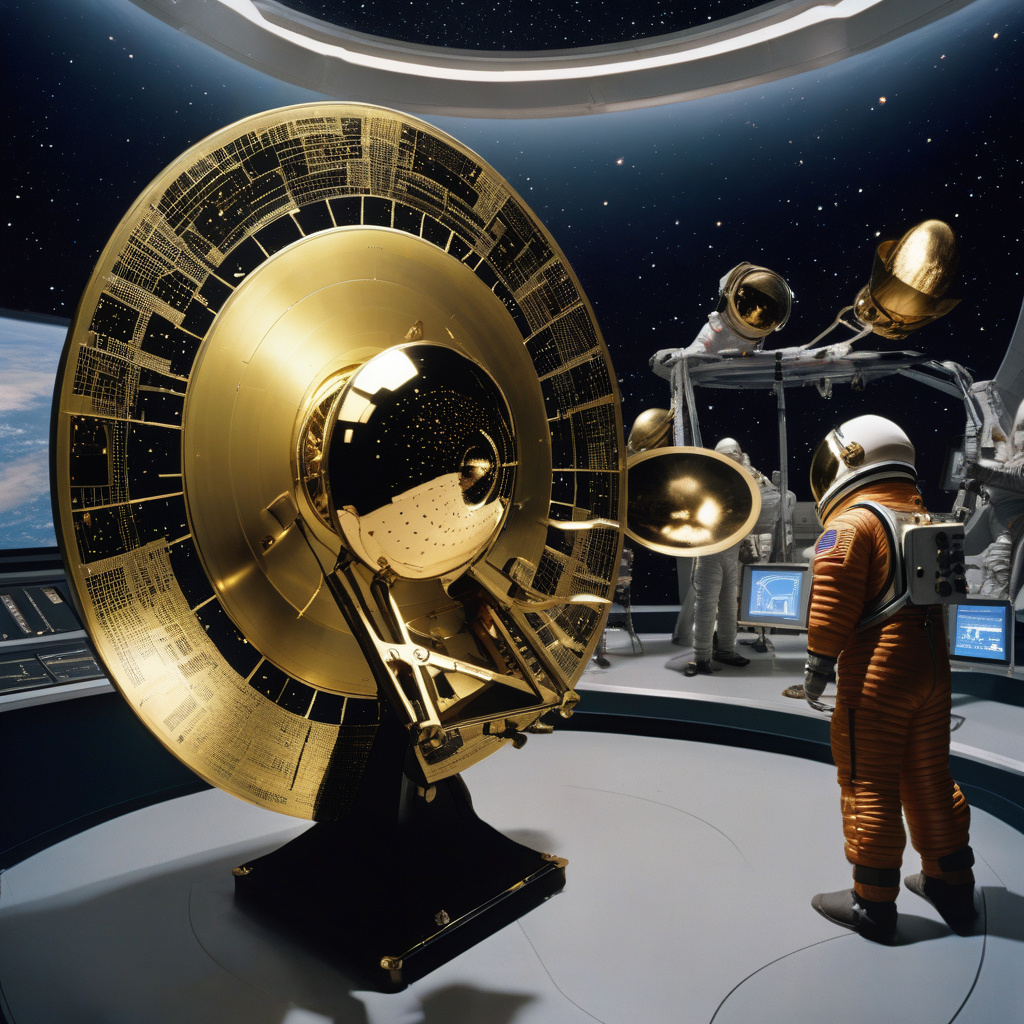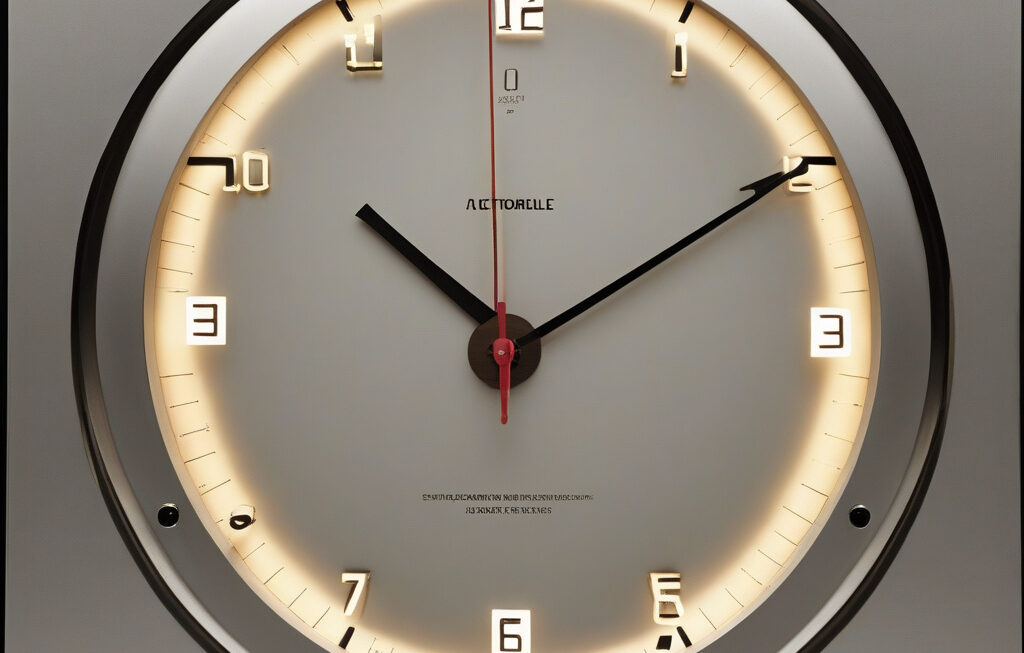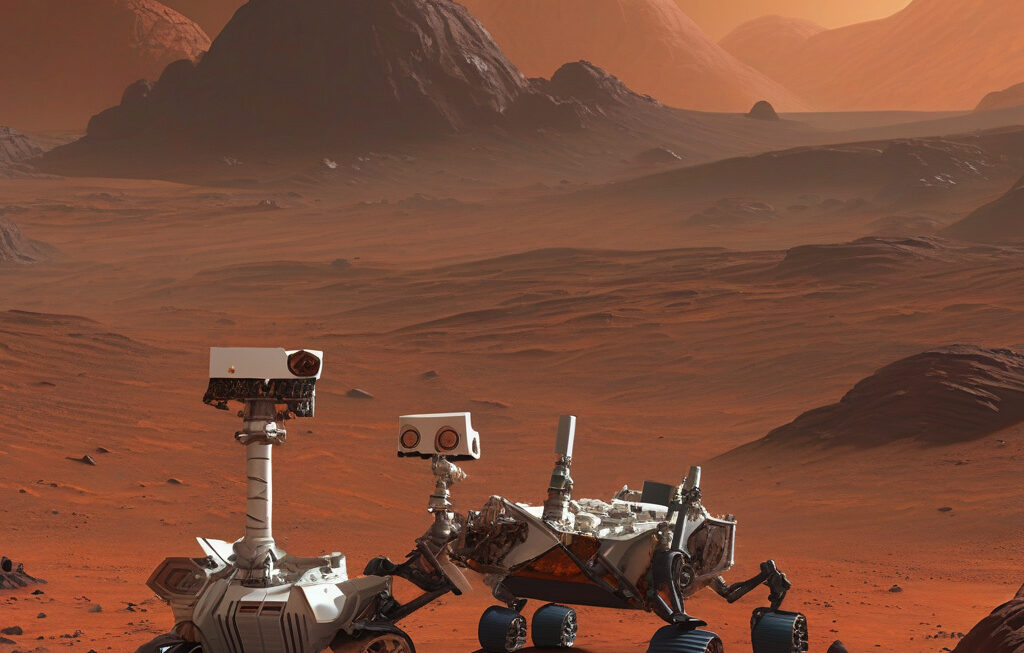Artifacts of the Space Age: What Humanity Chose to Launch into the Cosmos
The Space Age, marking humanity’s journey beyond Earth’s boundaries, commenced on October 4, 1957, with the groundbreaking launch of the Soviet Sputnik. Since then, numerous missions have been launched into space, carrying a wide array of artifacts that represent our civilization’s aspirations, achievements, and creativity. These artifacts not only serve scientific purposes but also embody the essence of human ingenuity and spirit. Let’s delve into some of the most fascinating objects that have been sent into the cosmos.
One of the most iconic artifacts launched into space is the Golden Record, which was included aboard the Voyager 1 and Voyager 2 spacecraft. Conceived by a team led by astronomer Carl Sagan, the Golden Record is a phonograph record containing sounds and images selected to portray the diversity of life and culture on Earth. From music and greetings in multiple languages to natural sounds and iconic images, the Golden Record serves as a time capsule of humanity’s collective heritage, intended for any extraterrestrial life forms that may encounter it.
In a similar vein, the Pioneer plaques were designed as messages from Earth to any potential extraterrestrial civilizations that might come across the Pioneer 10 and Pioneer 11 spacecraft. These plaques feature symbolic representations of human beings, our location in the Solar System, and the spacecraft’s trajectory, aiming to communicate our existence and provide a glimpse into the world we inhabit.
Beyond messages intended for extraterrestrial beings, some artifacts launched into space have a more personal significance. For instance, astronaut Alan Shepard took a golf club and hit two golf balls on the lunar surface during the Apollo 14 mission in 1971. While this may seem like a whimsical gesture, it symbolizes the fusion of human achievement and playfulness, showcasing our ability to push boundaries while maintaining a sense of humor.
Moreover, art has also found its way into space through various missions. For example, the Moon Museum, a tiny ceramic wafer featuring artworks by six prominent artists, was covertly attached to the leg of the Apollo 12 lunar module. This clandestine art installation represents a fusion of science and creativity, underscoring the human impulse to explore and express ourselves in unconventional ways.
In addition to these symbolic artifacts, practical objects have been sent into space to serve scientific purposes. The Hubble Space Telescope, launched in 1990, has provided humanity with unprecedented views of the cosmos, revolutionizing our understanding of the universe and inspiring awe and wonder. Similarly, the Mars rovers, such as Spirit, Opportunity, and Curiosity, have ventured to the Red Planet, conducting experiments and sending back valuable data that have expanded our knowledge of Mars and its potential for harboring life.
As we look to the future of space exploration, the artifacts we choose to launch will continue to reflect our values, aspirations, and curiosity about the unknown. From scientific instruments that probe the mysteries of the cosmos to cultural artifacts that celebrate our diversity and creativity, each object sent into space tells a story about who we are as a species and what we hope to discover beyond our home planet.
In conclusion, the artifacts launched into space during the Space Age represent a tapestry of human endeavor, curiosity, and imagination. Whether serving as messages to extraterrestrial beings, expressions of art and culture, or tools for scientific exploration, these objects embody the essence of our collective journey into the cosmos. As we continue to push the boundaries of space exploration, the artifacts we choose to send forth will shape how future generations perceive our legacy in the stars.
Space Age, artifacts, humanity, exploration, innovation












